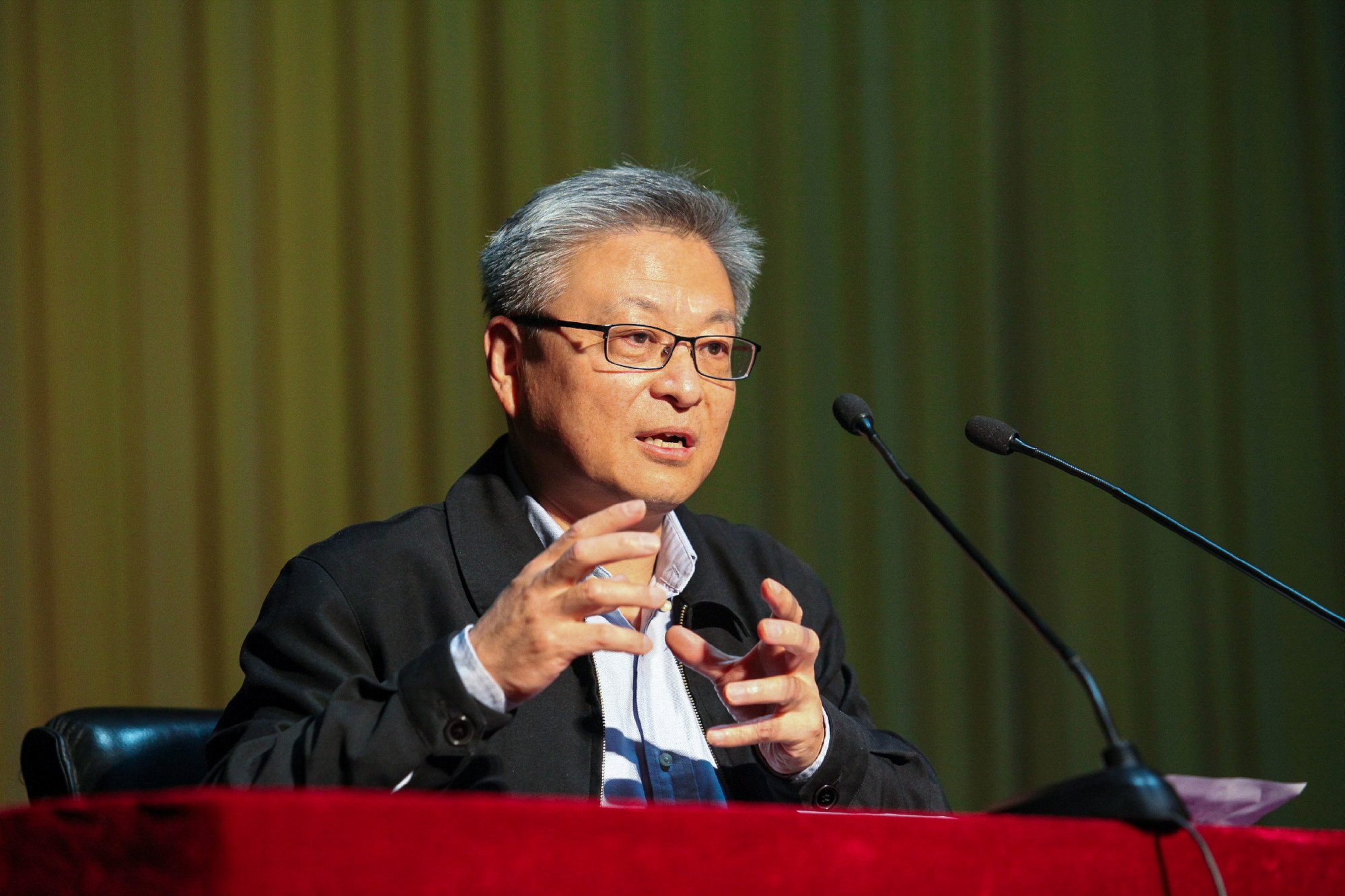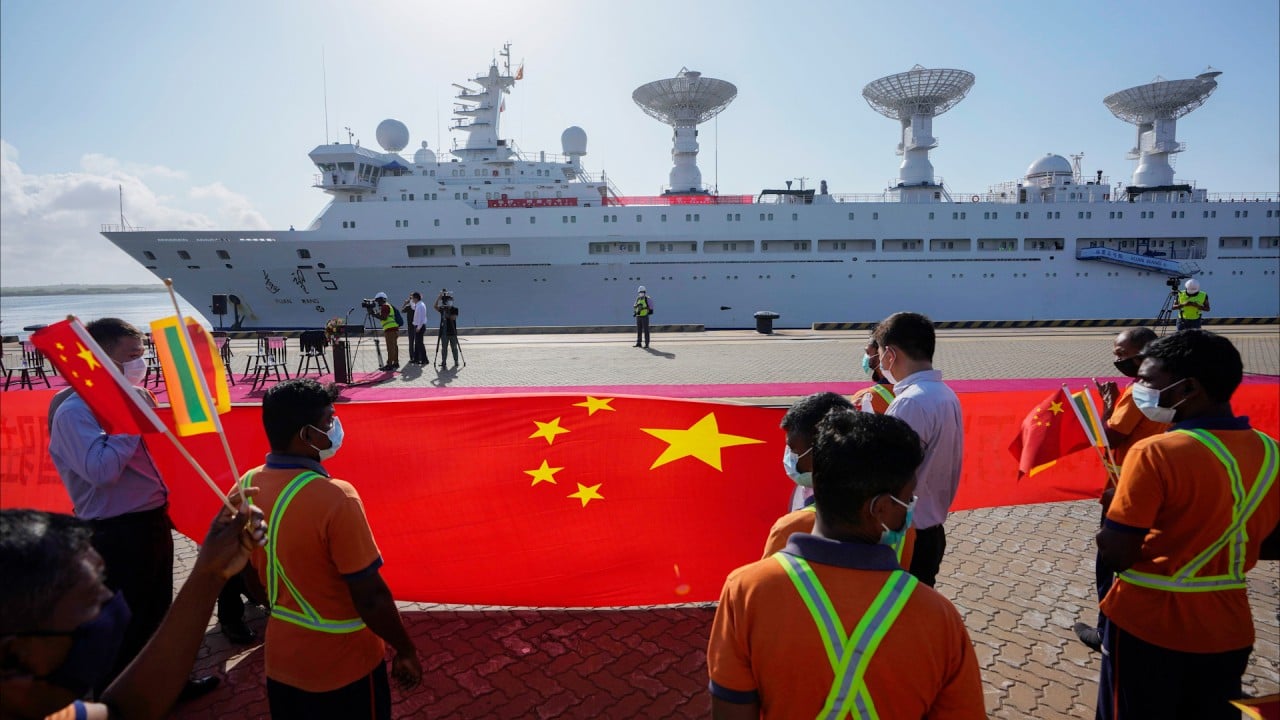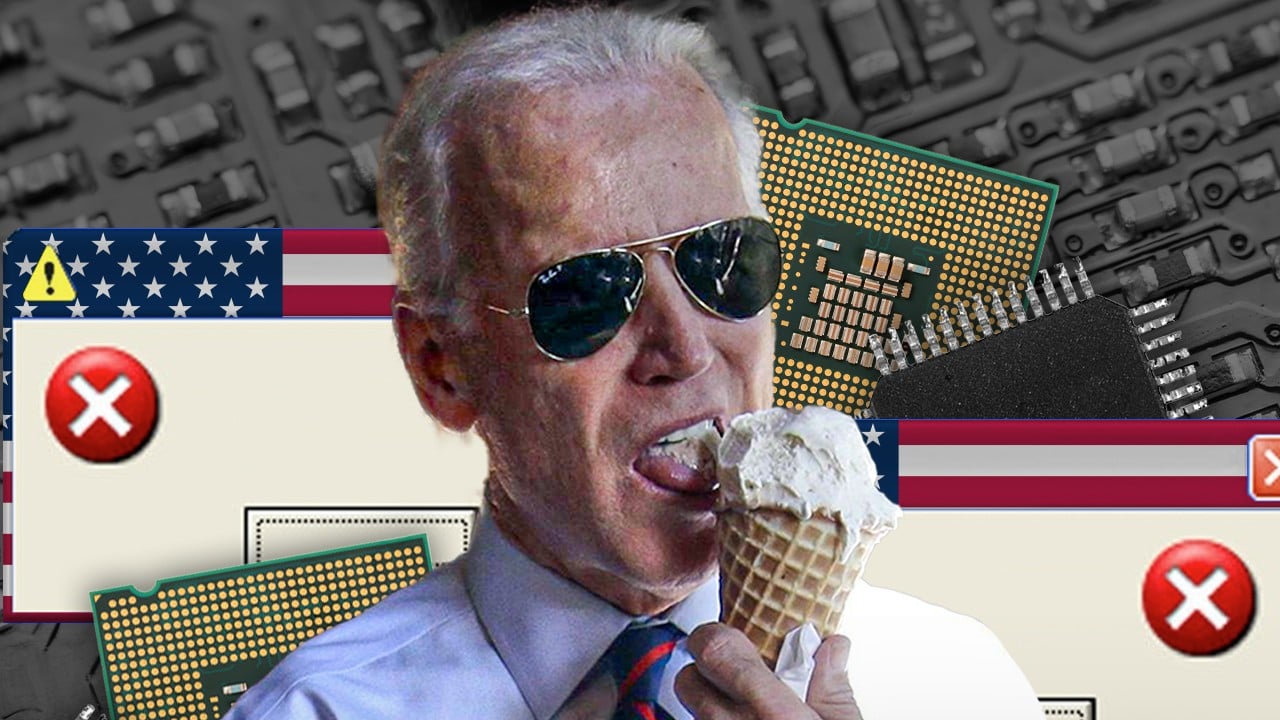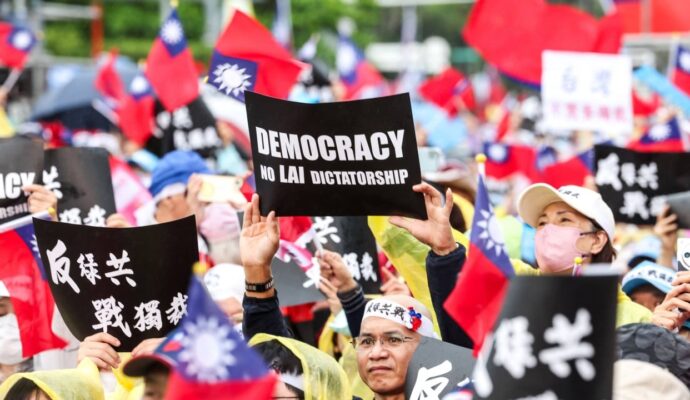“In the future, both China and the US will simultaneously widen their gaps with all other countries. The structure is unlikely to change in the next 10 years,” he said.

The growing and wide-reaching tensions between the two sides have been widely characterised as a structural contradiction between a ruling power and a rising power.
‘Choppy waters’: understanding China’s metaphor-laden diplomacy
‘Choppy waters’: understanding China’s metaphor-laden diplomacy
The Biden administration has framed China as a “pacing threat”, and America’s only competitor “with both the intent to reshape the international order and, increasingly, the economic, diplomatic, military, and technological power to do it”.
Several studies have shown that when measured by purchasing power parity, a metric that adjusts for price level differences across countries, China’s economy had passed the US economy as early as 2014.
He was referring to a concept that describes an apparent tendency towards war when an emerging power threatens to displace an existing great power as a regional or international hegemon.
“From a historical perspective, the US, as the current economic hegemon, will naturally feel uneasy and anxious about the rise and development of China and will not stand by and do nothing about it,” Qu said.
China could potentially take the top spot as the world’s No 1 economy by gross domestic product by 2037, according to a report last month by the London-based Centre for Economics and Business Research.
However, the same consultancy had predicted earlier that China would take first place by 2028.
According to a survey released by the Japanese Chamber of Commerce and Industry in China on Monday, about three-quarters of the 1,713 member companies who responded said they did not expect the Chinese economy to improve in 2024.
China’s gross domestic product was 64.5 per cent the size of US GDP in the first half of 2023, down from 77.3 per cent in 2021, due mainly to stalled economic growth and a weaker yuan, according to a note in October from Wang Yongli, general manager at China International Futures.
During the Tsinghua event, Yan said that much of the overestimation of China’s economic development was influenced by “wishful thinking”.
He also called on Chinese scholars to avoid such mindsets in their analyses of the Sino-American relationship.
“Most of us in the future still hope that China and the US will not compete, but wishes alone do not solve problems. We must suppress our wishes to project where things are going to,” he said.
Yan reasoned that bilateral tensions were sharp when Beijing rejected the notion that relations with Washington were competitive, while tensions seemed to ease when Beijing embraced the assumption.
During a speech on January 9, Xie Feng, China’s envoy to the US, said “competition is commonplace in the modern world”, but added that US-China competition should be “a healthy race to the top, not a zero-sum game”.
Yan said that from a realist perspective, the next decade would see “more and more international confrontation and less and less cooperation” due to growing populism around the world.
China must work on trade and trust with EU if it wants warm long-term ties
China must work on trade and trust with EU if it wants warm long-term ties
The role of US-China trade ties in the overall bilateral relationship would diminish despite expected increases in trade volumes, he said.
Yan said that, 10 years ago, when he forecast China’s international relations over the coming decade, he did not predict that most countries would opt to distance themselves from Beijing in the US-China competition.




